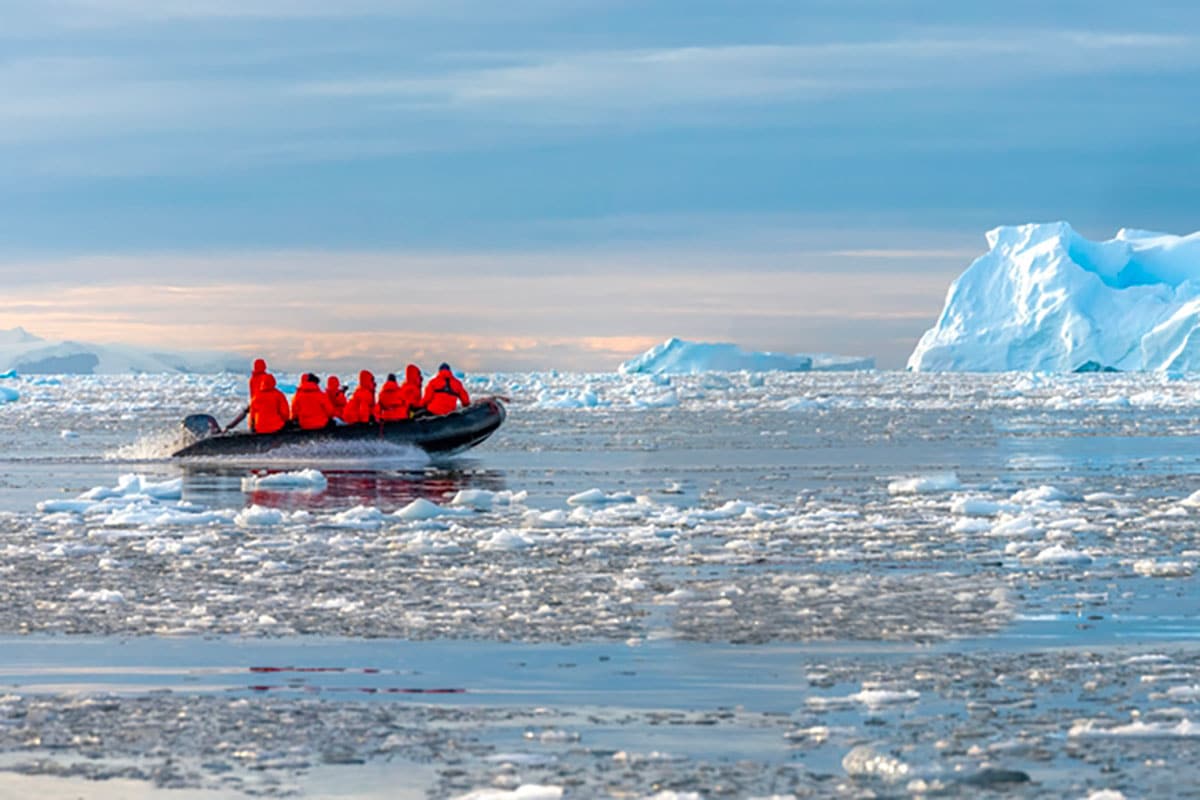Unexpected life forms have been discovered beneath the Antarctic ice, challenging everything we thought we knew.
The frozen depths of Antarctica have just revealed a fascinating secret that could change our understanding of hidden ecosystems beneath the ice. Researchers, who originally set out to collect seafloor sediment samples, unexpectedly uncovered unknown life forms beneath the Filchner-Ronne Ice Shelf. This discovery calls into question what scientists believed about the possibility of life in an environment deprived of light and food.
A Surprise Beneath the Ice
During an expedition led by James Smith, a geologist from the British Antarctic Survey (BAS), the primary goal was to collect sediment cores. However, reality had a shocking twist in store for them: their GoPro camera captured astonishing footage of living organisms attached to a rock—259 kilometers beneath the ice. (To put this in perspective, this is an extraordinary feat given the extreme conditions: temperatures around -2.2°C and total darkness.)
The Filchner-Ronne Ice Shelf is an immense area covering 3.9 million km², with 1.6 million km² bordered by floating ice tongues. The borehole used for this exploration reached approximately 0.9 km deep into the ice—a technical achievement in itself.
A Hidden World Beneath the Ice
The discovered organisms defy scientific expectations. Clinging to a rock in such a hostile environment, they survive without access to marine snow or plankton, proving their ability to endure extreme conditions. Huw Griffiths, also from the British Antarctic Survey (BAS), compared this place to the largest cave you could ever imagine.
Since they cannot move to search for food, these organisms rely entirely on nutrients carried by the water. This raises questions about how they sustain themselves and what food sources might exist in such an extreme environment.
This discovery challenges our current understanding of subglacial habitats. It demonstrates that even in the most inhospitable corners of the planet, life always finds a way. James Smith himself expressed his surprise, stating: “We expected to recover a sediment core from beneath the ice shelf, so we were astonished when we hit a rock and saw on the video that animals were living there.”
Although this finding is remarkable, the precise identification of these creatures remains limited. So far, only a few sponges and certain stalked organisms have been identified.
Source: armees




